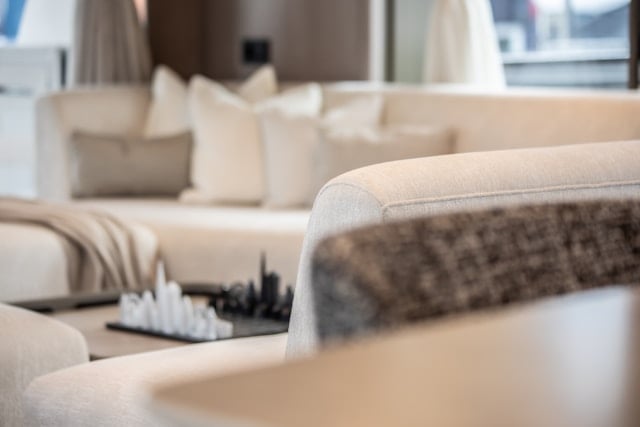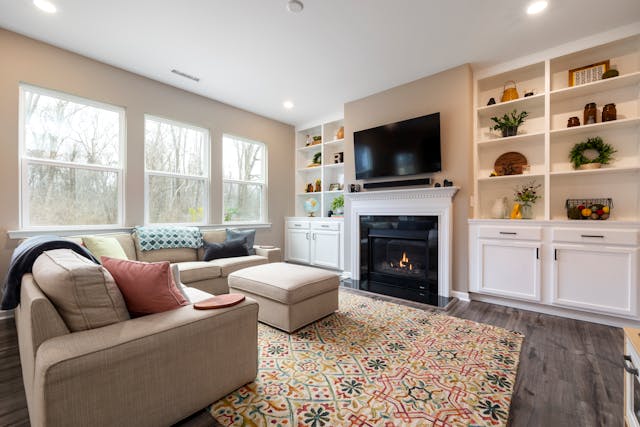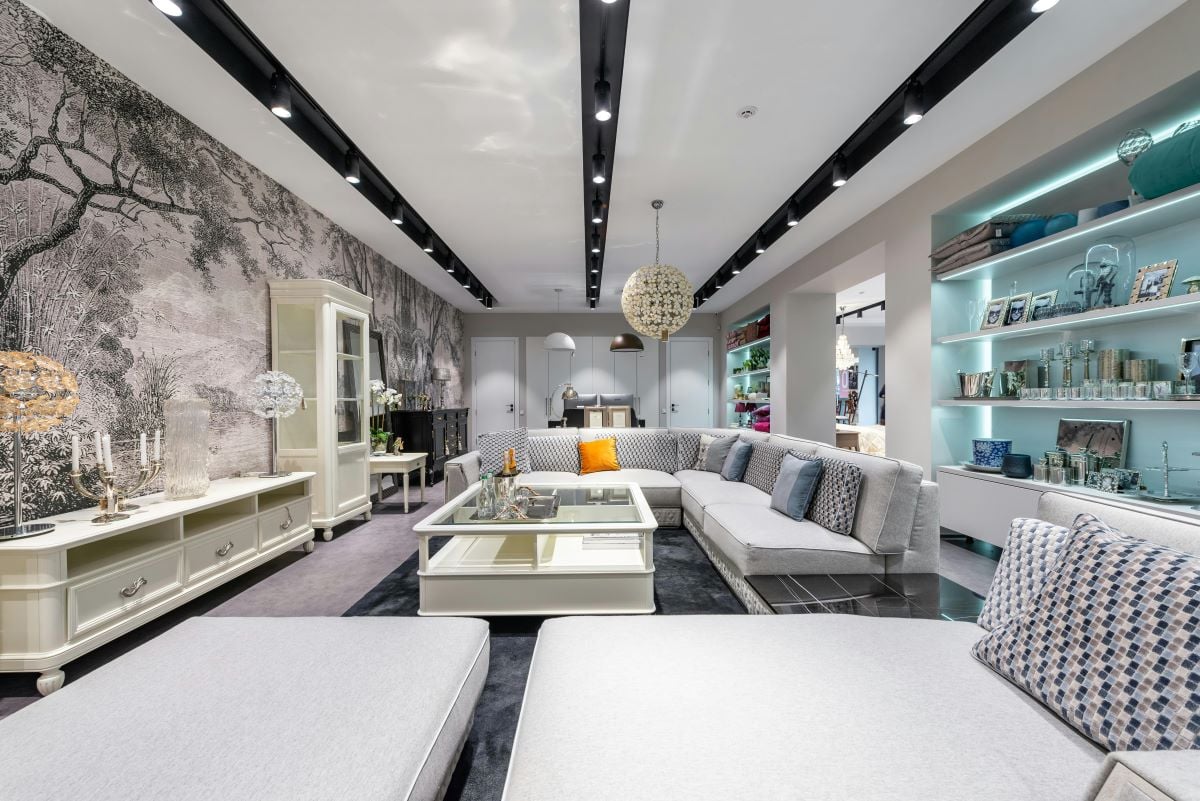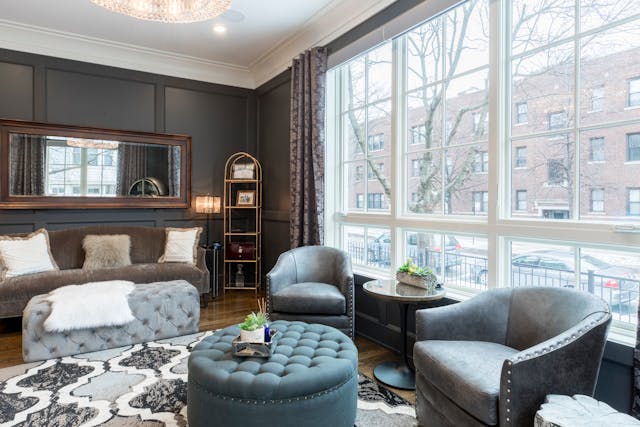November 22, 2024

Are you renovating your home and wondering how to protect your valuable furniture? Renovations can transform spaces but also risk damaging expensive items. How do you safeguard your investment while ensuring a smooth process? Knowing how to store designer furniture the right way can make a difference. From protecting fragile materials to managing logistics, this guide provides the solutions you need. For those with interests in luxury real estate, preserving furniture is as crucial as enhancing the property itself.
Renovations bring dust and debris that can damage fine finishes, upholstery, or intricate designs. Protecting furniture starts with assessing its specific needs. Consider the materials first. Is it crafted from wood, leather, or glass? Each requires a unique approach to avoid harm. Expensive materials are especially vulnerable to moisture or sudden temperature shifts. Understanding fragility is just as important. Can the piece withstand movement, or does it need careful dismantling?
Large furniture adds another layer of complexity. Limited space during renovations often forces creative storage solutions. Identifying these challenges early ensures your protective measures work as intended. Paying attention to these details helps preserve the value and beauty of your designer pieces, especially when planning for luxury home maintenance.
Not all storage options provide the same level of protection. On-site storage works well for short-term needs, but demands sealed rooms or plastic covers to block dust effectively. For longer renovations, off-site solutions offer better security. Climate-controlled units are particularly useful for protecting designer furniture, as they regulate temperature and humidity, preventing wood from warping and fabric from fading. Proximity matters, too, as you may need quick access during the project.
Temporary external storage pods also offer convenience. They allow on-site placement while safeguarding your items.
Whatever type of storage solutions you might need, you need to find only the best companies - it's designer furniture, after all!
On that note, helixmove.com provides trusted moving and storage services, ensuring your designer furniture remains secure during renovations, both while in storage and while being moved back to your home.
Careful preparation prevents many common issues. Begin by cleaning all surfaces. Dust, oils, or grime can cause long-term harm if left untreated. A clean surface allows for proper wrapping and avoids trapped particles causing abrasions. Next, disassemble larger items. Remove legs, cushions, or drawers to save space and reduce strain during storage.
Wrap every item properly. For delicate surfaces, use furniture blankets or acid-free paper. Avoid plastic that traps moisture unless it includes ventilation. When stacking items, use padding to avoid scratches. Preparing furniture for storage may feel tedious, but it protects every detail and helps maintain value.
Renovations kick up dust that clings to everything. Seal furniture tightly to avoid exposure. Use covers designed for breathability while blocking debris. Moisture is another enemy. Avoid storing furniture in basements or damp garages without dehumidifiers. Proper sealing reduces the risk of mold or mildew.
Pests can also create damage. Use pest deterrents such as sachets or traps near storage spaces. Keep items off the ground to further protect them. Small precautions help avoid large problems.
Protecting high-value furniture requires expertise. Professional storage services often provide the tools and care needed for preservation. These services help with packing, transportation, and storage. They handle fragile materials and ensure proper wrapping. For many, hiring professionals reduces stress and prevents damage.
Insurance often comes with professional services. This ensures your furniture remains protected against accidents. Proper storage also means easy retrieval later. Experts handle logistics and reduce risks. When dealing with expensive items, peace of mind matters. Whether for renovations or relocation, such services store designer furniture with care.
Not every renovation allows for large storage options. Smaller spaces demand creative solutions. Spare rooms or closets can become temporary storage. Use shelving to stack items vertically, saving floor space. Portable storage pods can also work well. These pods sit on driveways, keeping furniture accessible.
For small spaces, think about modular furniture racks. These allow for better organization. Items stay separate and are easier to move when needed. Even during space constraints, maintaining order prevents damage. When renovations limit options, small but smart storage adds efficiency.
Renovation chaos makes organization essential. Labeling helps locate items quickly. Use tags with details such as room names or materials. Group similar items to simplify unpacking later.
Keep a written inventory. A digital tool or app also helps track belongings. With organized labeling, moving bulky furniture back becomes easier. This process saves time and avoids confusion. Professional systems help, but personal attention ensures everything stays intact.
After the renovation ends, your furniture must return home safely. Begin by inspecting each piece. Check for damages and clean them before placing them back. Small repairs restore original conditions. For delicate pieces, seek professional help.
Plan placement ahead of time. Knowing where each item goes prevents unnecessary movement. Unpacking becomes simpler with clear plans. Once items return, take steps to protect them from dust or debris left behind. These steps ensure everything remains functional and beautiful.
Mistakes during storage often lead to costly outcomes. Avoid using non-breathable covers. These trap moisture and cause mold. Avoid stacking furniture without padding, which creates scratches or breaks.
Avoid choosing storage spaces without climate control. Temperature extremes damage materials quickly. Proper sealing keeps dust and pests away. Addressing small mistakes early prevents larger issues later. Thinking carefully through each step helps store designer furniture effectively and without risks.
What steps will you take to store designer furniture and protect it? Renovations create challenges, but careful planning prevents damage. Taking steps now ensures your investments remain safe and beautiful. Whether you aim to add value to your home or preserve family treasures, the right approach transforms stress into ease. Protect your furniture, and enjoy the results of a well-planned renovation!
Stay up to date on the latest real estate trends.

Lucas Boccheciampe | June 18, 2025

Lucas Boccheciampe | April 4, 2025

Lucas Boccheciampe | March 31, 2025

Lucas Boccheciampe | March 3, 2025

Lucas Boccheciampe | February 12, 2025

Lucas Boccheciampe | January 13, 2025

Lucas Boccheciampe | December 20, 2024

Lucas Boccheciampe | December 5, 2024

Lucas Boccheciampe | November 22, 2024
You’ve got questions and we can’t wait to answer them.